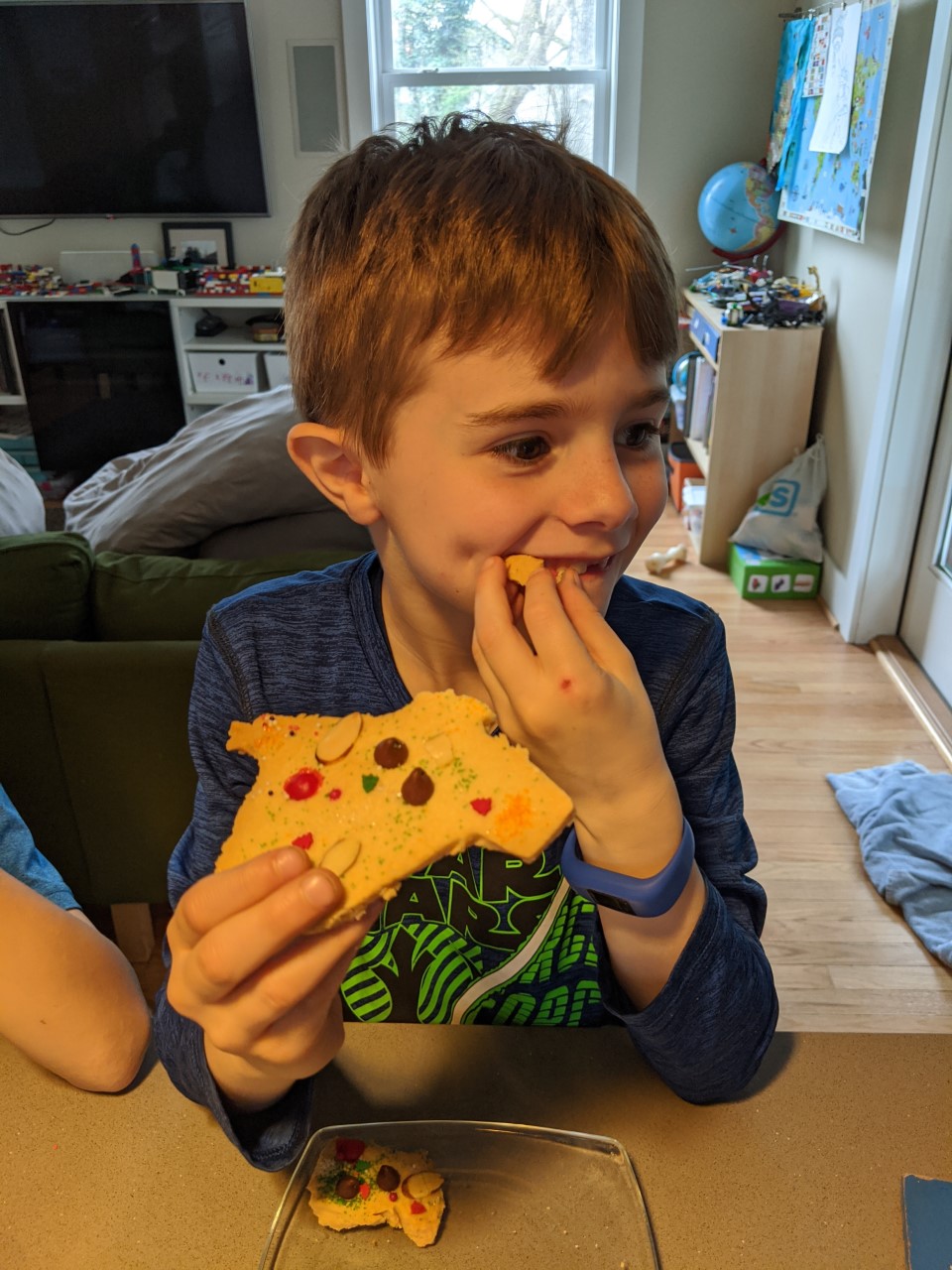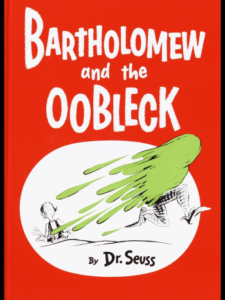
Making family history during COVID-19: What can grandparents do?
If you are grandparents like my husband John Falk and I, you may be getting extra calls from your grown children, notes from your grandchildren via Messenger Kids and video call opportunities galore. Our kids are worried about whether we are taking the proper safety precautions and managing to shop and eat while staying healthy and safe.
Like many others who have loved ones spread out all over the globe, their worries are exacerbated by the fact that we’re not exactly a car ride away for a wave through a house window, since we live on opposite sides of the country. We live in Oregon, and our three children and their families all live in Maryland, so we’ve had to seek creative ways to both manage the worry, and remain connected. We’ve found ourselves wishing there were ways for us to support them in return, despite our physical distance.
The supporting role of grandparents
It occurred to me that right now, grandparents have the opportunity to play an important (and helpful) role in the COVID-19 pandemic.
Like so many families our children and their spouses have been thrust into the role of home educators, fear dispellers, crystal ball readers, and the sundry other duties that come with the territory of school closures and adults and children living, for who knows how long, in a confined space during a worldwide crisis.
I was thinking about how dear, kind and caring they have been towards us and realized in the same way that they were reaching out to us, that there might be a way that we could pass their wonderful gift forward (or perhaps backward is the more appropriate word!) to them.
John and I put our heads together and decided to send a note to each of the three families, thanking them for calling us, having their kids connect to us via Messenger Kids, etc.
We offered to spend some time with their children online.
Using Zoom (or any other video platform), we can do a STEM activity together, read a book, be read to by the 8-year-olds, play a game, construct a craft, make cookies—the only limits are our imaginations!
Making a connection to family learning: Back to the basics
Last week in our Family Learning Solutions blog, Stacey Sheehan, our Communications Manager, shared some discoveries made after a recent conversation she had with our Deputy Director about how “learning is social.”
As some of you may know, I have spent my career studying and writing about family learning, arguing that since humans are social animals, the family is the first, and foremost learning “institution” we encounter in our lives.
With that insight and some strategies in your pocket, a family can be a learning organization!
Critical to family learning is social interaction – conversation, non-verbal gestures and expressions, emotions, and observation of one another. These are all ways that families learn together. Social interaction is the way in which families interact, share family history and stories, and generally find and make meaning together (about particular topics, activities, each other, themselves, and the world around them).
For many years much of my early work was in museums, where I observed families spending the majority of their time interacting socially through conversation, each family member sharing what they knew and trying to find out more together. Right now as we self-quarantine with our families, we are unable to visit places like museums, but that does not mean that we cannot talk together, share family history, have fun and learn.
Sharing our experiences
Although it’s only been two weeks, we’ve had great fun, with our “grands” (and our children, who often are needed and supportive participants, although they are switching out, so each gets a break too). Since one of our grandsons is crazy about maps right now, we modified the PIZZA Geography activity that was shared in one of ILI’s recent blogs to COOKIE Geography.
We made state-shaped cookies together, a great way to talk about family connections to individual states. We made some cookie dough (or you can even buy it if it’s available in the grocery store now). You’ll also need an atlas or map of the U.S. (hardcopy or digital) that clearly shows the outline of the different states to use as a reference. Encourage the kids in your life to shape the dough and display the characteristics of the states (cities, mountains or even forests), they have chosen to make, using sprinkles, chocolate chips, raisins, nuts, even small red candies, for the capitals, whatever you have on hand. We also remembered that we had bought our grandson a puzzle of the U.S. with individual state pieces, so conveniently his younger brother could trace the shape of the states, rather than having to draw freehand.

With the second set of grandchildren, we read, made and played with oobleck “together.”
While Dr. Seuss fans may be familiar with oobleck, for those of you that are not, I’d encourage you to pick up a copy of Bartholomew and the Oobleck for a great read or visit Tara Kuczykowski on her blog titled “Unsophisticook” for complete activity instructions.
Oobleck is an inexpensive and fun, kitchen science experiment and as with so many Dr. Seuss books, we found this story to be a lighthearted and fun read with a great moral takeaway at the end. (The book is quite long so you may want to break up its reading and remember older children can also read to their younger siblings!)
While on a video call with our third child and his family we focused on family history, sharing the names of each of our mothers and fathers, and grandmothers and grandfathers, and the many stories of how they met, fell in love and married. These are rich stories since John’s background is German and my “Mum” was English. We followed up after the session, by sending photos of each of these family members. That family is now creating a family tree, which they will share with all of us soon!
In a time where households are running on anxiety and multitasking has reached a whole new level, take heart in knowing that there is a special place that exists where grandparents can play a supportive role, all the while strengthening family bonds and making memories.
The bottom line is that these WILL be memorable times for all of us, and those of us with children and grandchildren, may as well make those memories positive ones. After all, research shows that nothing is more positive and learning-focused than quality and fun family time!
Lynn Dierking
Sr. Researcher, Institute for Learning Innovation
Posted Apr 7, 2020
